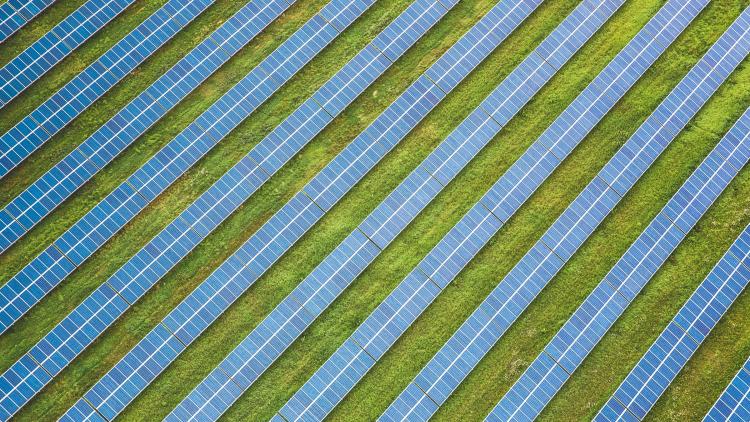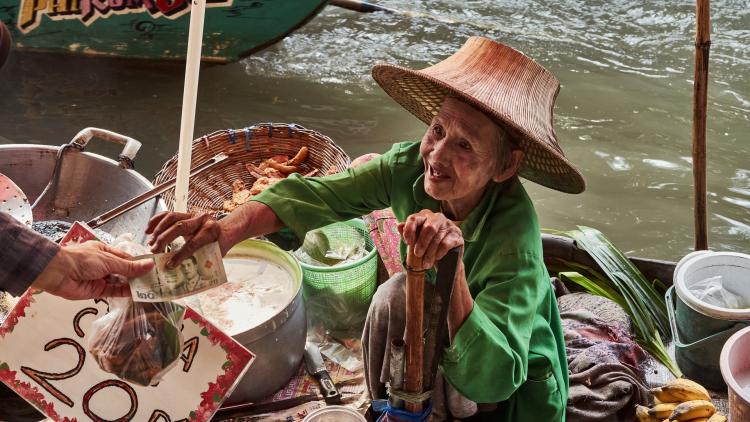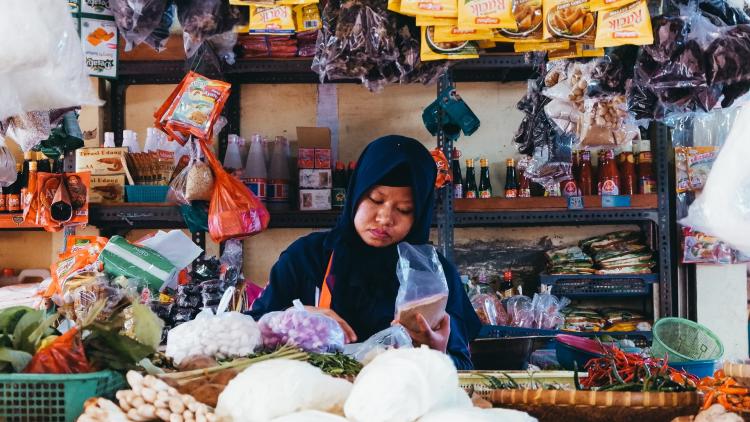Involving Multilateral Development Banks in debt relief: not only feasible, but desirable


Despite the worsening debt situation in developing countries, the ongoing debt relief negotiations have been disappointing.
Among many issues delaying debt, the question of whether multilateral development banks (MDBs) should participate in debt relief has proven particularly contentious. Although the G20 has explicitly called for MDBs to develop options to share the burden of debt relief efforts, concrete and systemic plans are yet to be.
There are compelling reasons why MDBs should get involved in debt relief. First and foremost, MDBs are important creditors to debt vulnerable countries. The DRGR Project has identified 61 countries that need imminent attention and, as Figure 1 shows, 27 of them have exposure to official multilateral creditors above 50 percent of their total external Public and Publicly Guaranteed (PPG) debt.
If MDB claims are excluded, these countries will not have enough debt restructured to restore debt sustainability. What is more, given the low-income countries' reliance on MDBs, their exclusion will especially affect the most vulnerable countries.
What is more, given the low-income countries' reliance on MDBs, their exclusion will especially affect the most vulnerable countries.
The involvement of MDBs in debt relief could help disentangle negotiations that are currently locked at a standstill. Moreover, as debt relief would increase countries’ fiscal space, it would enable the fulfillment of country-owned development and climate change plans. Hence, debt relief from MDBs would in fact be aligned with their mission of promoting economic development and poverty reduction.
Finally, expediting the debt relief resolution could even support MDBs to rebalance their business model. As the debt crisis is becoming widespread, MDBs are spending more on grants connected to debt distress indicators. Consider the World Bank’s concessional arm (the International Development Association, IDA): we estimate their grants based on debt vulnerability criteria grew from $0.6 billion to $4.9 billion (from 8 to 36 percent of their commitments) between 2012 and 2021. Hence, restoring debt sustainability of their clients would be positive to MDB themselves.
In the context of debt relief, achieving fairness among different creditors is crucial. MDBs offer loans with significantly more favorable terms compared to the private sector, as they don't factor in default risks. Therefore, the DRGR report emphasizes the adoption of a “fair” comparability of treatment (CoT) rule that considers borrowing costs for different creditor classes. In a nutshell, this rule ensures that creditors who provided low-interest rates to Global South countries experience relatively fewer losses compared to those who offered high-interest rates. By adhering to these guidelines, any losses incurred by MDBs would be less onerous.
When incorporating MDBs into debt relief efforts, it becomes essential to safeguard their credit ratings to maintain low funding costs, which ultimately benefit their clients. The DRGR report explores potential policy alternatives aimed at mitigating any losses while simultaneously offering countries an opportunity to secure sustainable financing for a fiscally sound future.
Donor countries can make a significant impact by contributing to new rounds of debt relief through mechanisms like the Debt Relief Trust Fund, which would pool resources from international financial institutions and donors, allowing for more comprehensive debt relief efforts.
First, donor countries can make a significant impact by contributing to new rounds of debt relief through mechanisms like the Debt Relief Trust Fund, which would pool resources from international financial institutions and donors, allowing for more comprehensive debt relief efforts. Moreover, integrating debt relief as a regular component of concessional finance policies is vital, this includes dedicating a portion of funding in each IDA replenishment for debt relief.
A second avenue to explore is the potential increase in MDB equity – including through a capital increase, SDR rechanneling or Sustainable Future bonds. By increasing MDBs equity, a portion of precautionary balances could be made available for utilization in debt relief endeavors.
Finally, the revival of international financial transaction tax (IFTT) is worth considering. Although challenging from a political perspective, a well-designed IFTT applied to various financial transactions could yield substantial revenues, which could be redirect to MDBs to fund debt relief and new lending.
In short, including MDBs in debt relief is crucial to effectively addressing the mounting debt crisis in the Global South. Equitable burden-sharing among creditors is imperative to foster a fair and transparent process that encourages the participation of all stakeholders. While there are costs associated with providing debt relief, it would be a prudent investment for the long-term stability and development of debt-vulnerable nations. Implementing policy options to support MDBs in shouldering these costs will be key to ensuring a sustainable future for all.
About the author
Dr Marina Zucker-Marques is a post-doctoral researcher at the Department of Economics and the Centre for Sustainable Finance, and part of the Debt Relief for a Green and Inclusive (DRGR) project. She explains the main findings and recommendations of DRGR’s recent report, which discusses the involvement of multilateral development banks in debt relief for countries in the Global South.



